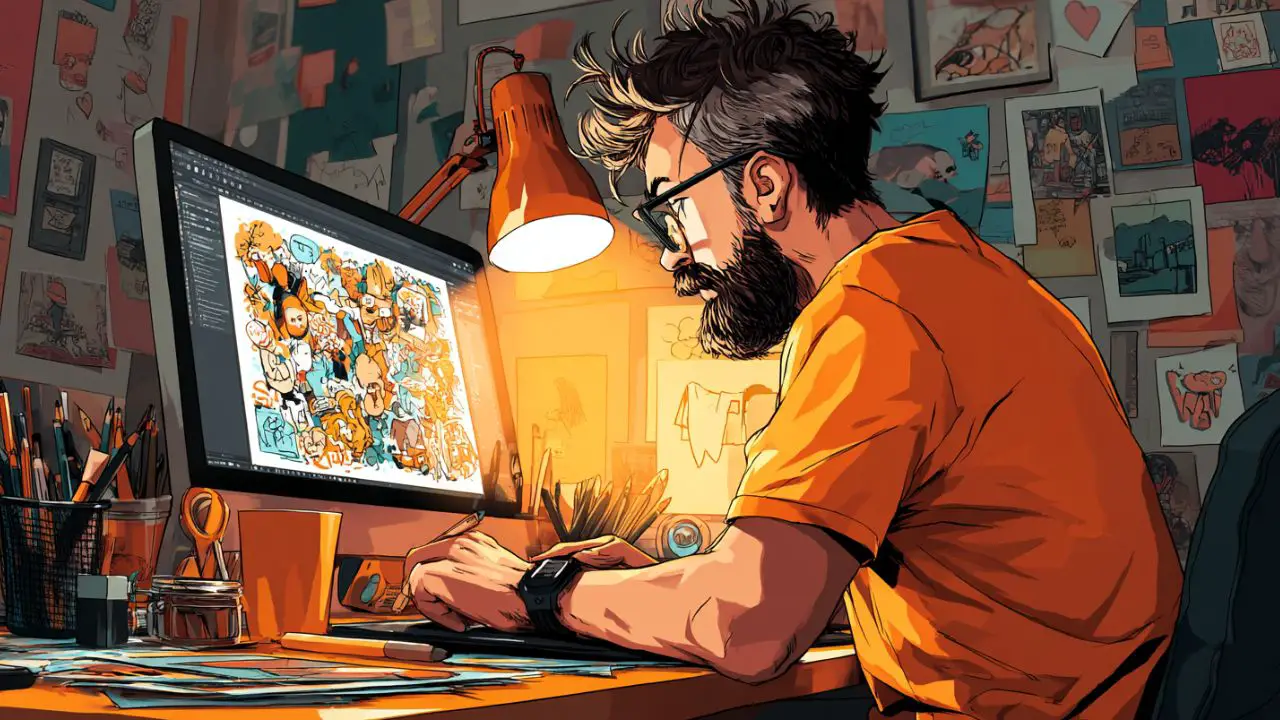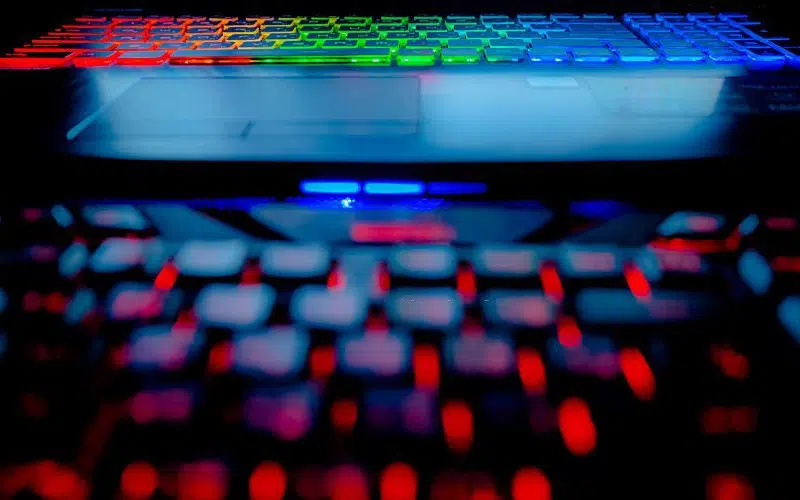Is your computer feeling slow these days? If you find yourself waiting for programs to open, or struggling with lag time when using the computer, it might be time to take some steps to make sure that it is running optimally.
Luckily, there are many simple things that you can do on your own without having to spend a lot of money. In this blog post, I will share 15 tips with you so that you can breathe new life into your PC!
Solution 1: Delete Temporary Files
One of the simplest things that you can do to speed up your computer is to delete temporary files. These are files that are created by programs when they are running, and they tend to take up a lot of space on your hard drive.
To delete them, open up the Windows Explorer program and navigate to the following folder:
C:\Users\<username>\AppData\Local\Temp…where <username> is the username you use to log in to your operating system.
From there, you can delete any files that are taking up unnecessary space on your hard drive. Just be careful not to delete anything that you might need later.
Solution 2: Install a Solid State Drive
If you want to increase the speed of your computer without actually changing anything on it, then one thing that you can do is use a solid state drive (SSD). These drives are designed for people who want their computers to boot up and shut down faster than before while still having all of the storage space they need.
To set this up, simply remove your old hard drive and replace it with a solid state drive. It’s an easy process, but you may need to consult a tutorial online if you’re not familiar with the process.
Solution 3: Disable Startup Programs
Another thing that you can do to speed up your computer is to disable startup programs. By disabling these programs, you are preventing them from running in the background as soon as the computer starts up. This will also prevent them from using up resources on your machine when they aren’t being used, which speeds things up overall.
To disable startup programs, open up the Task Manager by pressing Ctrl + Alt + Delete on your keyboard. From there, navigate to the Startup tab and disable any programs that you don’t need running at startup.
Solution 4: Update Your Drivers
One of the most common reasons for a slow computer is outdated drivers. Outdated drivers will often cause a blue screen crash, which will slow everything down. The best way to avoid this problem is to update your drivers regularly.
You can do this by going into the Device Manager and clicking on the option that says Update Drivers.
Solution 5: Remove Unused Programs
Another thing that can slow down your computer is unused programs. These are programs that you installed at some point but never use anymore.
To get rid of them, follow these steps:
- Go into the Control Panel.
- Navigate to Programs and Features.
- From there, select the program that you want to uninstall and click on the Uninstall button.
Solution 6: Add More Memory to Your Computer
Another simple thing that you can do to speed up your computer is add more memory (RAM) to it. This will give the processor more resources and allow it to run faster than before, saving time when opening programs and surfing the web.
To add more memory simply purchase a new stick of RAM and install it using an easy tutorial online.
Solution 7: Update Your Operating System
One of the most common reasons for a slow computer is having an outdated operating system. By updating your operating system to the latest version, you will be able to take advantage of all kinds of performance optimizations that have been added over time.
This is a process that can take some time, but it is well worth the effort in the end.
Solution 8: Clean Your Computer’s Interior
Another thing that you can do to speed up your computer is clean its interior. This means cleaning out all of the dust and dirt that has built up over time. Not only will this make your computer run faster, but it will also make the computer itself last longer.
You can clean your computer with a simple vacuum or by using canned air. Just be sure not to damage anything in the process. It’s a simple process but it can make a big difference in terms of performance!
Solution 9: Optimize Your Computer for Gaming
If you use your computer mainly for gaming purposes then there are some additional things that you can do to speed it up. One of the best things that you can do is optimize your computer for gaming. This will allow the processor and graphics card to work in harmony and provide a better gaming experience overall.
You can do this by using a program like GeForce or by making changes to your computer’s settings manually.
Solution 10: Overclock Your Processor
If you want to take things up a notch, then one thing that you can do is overclock your processor. This means setting your processor to run faster than its intended speed, resulting in a noticeable increase in performance.
However, you should only do this if you know what you’re doing or if someone shows you how.
Solution 11: Upgrade Your Graphics Card
If overclocking your processor doesn’t work out the way that it’s supposed to, then one thing that you can do is upgrade your graphics card. This will give your computer a boost in the performance department, allowing you to play games and use other resource-intensive programs without any problems.
Just be sure to get a graphics card that’s compatible with your motherboard.
Solution 12: Check for Malware and Spyware
If you’re having problems with the speed of your computer, then one thing that you can do is check for malware and spyware. This will allow you to remove any unwanted programs that are slowing down your system while also protecting it from future attacks.
Just be sure to use a reliable anti-malware program.
Solution 13: Back Up Your Data Regularly
If you want to take things up a notch, then one thing that you can do is back up your data regularly. This means creating copies of all of the files on your computer so that they don’t get lost in case anything goes wrong. It’s simple but it can be a lifesaver in the event of a disaster.
Solution 14: Reinstall Your Operating System
If all else fails, then one thing that you can do is reformat your computer and reinstall your operating system. This means deleting all of the data from your hard drive and starting over from scratch. It’s a drastic step but it can sometimes be the only way to get your computer running like new again.
Solution 15: Get a New Computer
If you want to take things up a notch, then one thing that you can do is get a new computer. This will give you access to the latest and greatest hardware while also providing you with a boost in performance. Just be sure to choose the right model for your needs.
Conclusion
The solution to your computer’s performance problems may not be as simple as you think. This article covered a handful of tried and true solutions for boosting speed on any PC so that it runs the way you want it to.
We’ve provided some great tips, but if none have worked out for you yet, don’t worry!
There are plenty more options available depending on what type of problem is affecting your machine. Focus on one area at a time until things start running smoothly or seek help from an expert who can diagnose the root cause of the issue.






